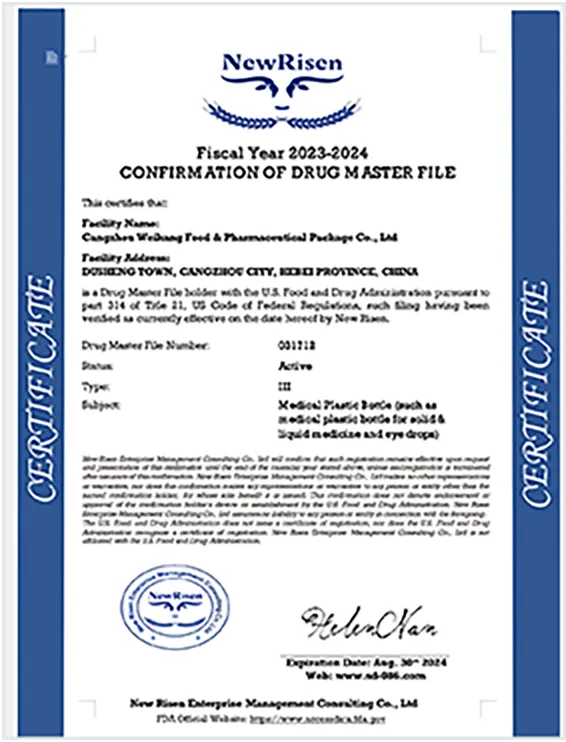falcon tube plastic type
Understanding Falcon Tube Plastic Types
Falcon tubes, commonly used in laboratories and various scientific applications, are made from specially formulated plastics that cater to the rigorous demands of biological and chemical research. Among the various types of Falcon tubes available, the choice of plastic type plays a significant role in determining their suitability for specific applications.
Types of Plastics Used in Falcon Tubes
The most common materials used in the production of Falcon tubes are polypropylene and polystyrene. Each of these plastics has distinct properties that make them ideal for different purposes.
1. Polypropylene (PP) This is the most widely used plastic for Falcon tubes. Polypropylene is favored for its excellent chemical resistance, which allows it to withstand a variety of solvents and acids. Additionally, PP has a high thermal stability, enabling it to endure autoclaving processes without deforming. This makes polypropylene Falcon tubes ideal for microbiological and tissue culture applications, where sterilization is crucial. Their translucent nature also allows researchers to easily view the contents without the need for opaque containers.
2. Polystyrene (PS) While not as commonly used as polypropylene in Falcon tubes, polystyrene has its advantages. It is often used in specific applications where clarity is essential, such as in certain analytical procedures that require visual observation of samples. However, polystyrene tubes are not typically autoclave-safe, which limits their use in environments where sterilization is mandatory.
Choosing the Right Falcon Tube
When selecting Falcon tubes, it is crucial to consider the specific requirements of the experiment or procedure. For instance, if chemical compatibility and the ability to withstand high temperatures are essential, polypropylene tubes are the better choice. However, if clarity and visibility are more important, then polystyrene may be favored.
falcon tube plastic type

Applications of Falcon Tubes
Falcon tubes are versatile and used in a wide array of applications, ranging from cell culture to DNA/RNA extraction. In molecular biology, these tubes are essential for storing and transporting samples without risk of contamination. The design of Falcon tubes includes features such as screw caps or snap-on lids to create airtight seals, ensuring sample integrity during storage.
The capacity of Falcon tubes also varies, typically ranging from 15 mL to 50 mL, allowing researchers to choose based on the volume of their samples. Some tubes even come with graduation markings, providing accurate measurement and facilitating easy sample tracking.
Environmental Considerations
As the scientific community becomes increasingly aware of environmental impacts, the choice of plastic also extends to sustainability. Some manufacturers are now producing Falcon tubes from recycled plastics or bio-based materials, addressing the need for more environmentally friendly options. While these innovations are still relatively new, they represent a significant step towards reducing the ecological footprint of laboratory practices.
Conclusion
In conclusion, understanding the different plastic types used in Falcon tubes is vital for anyone involved in laboratory work. The choice between polypropylene and polystyrene can directly affect the outcomes of experiments and research efforts. By selecting the appropriate Falcon tube for specific applications, researchers can enhance their work's efficiency and reliability, ultimately contributing to advancements in science and technology. The continual evolution of materials and environmental considerations further enriches this essential tool in laboratory settings.
-
Aesthetic Makeup Spray Bottles | Fine Mist Empty RefillableNewsAug.19,2025
-
White Plastic Veterinary Vaccine Vials | Lab Liquid BottlesNewsAug.18,2025
-
Plastic Medicine Liquid Bottle: Secure Flip Top Drug VialsNewsAug.17,2025
-
Durable 250ml Blue Plastic Vaccine Vial for Lab & Vet UseNewsAug.16,2025
-
Sterile Virus Sample Tubes: Secure & Reliable Specimen CollectionNewsAug.15,2025
-
White 250ml Plastic Vaccine Vial for Lab & Vet MedicineNewsAug.14,2025
























